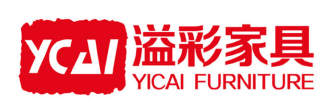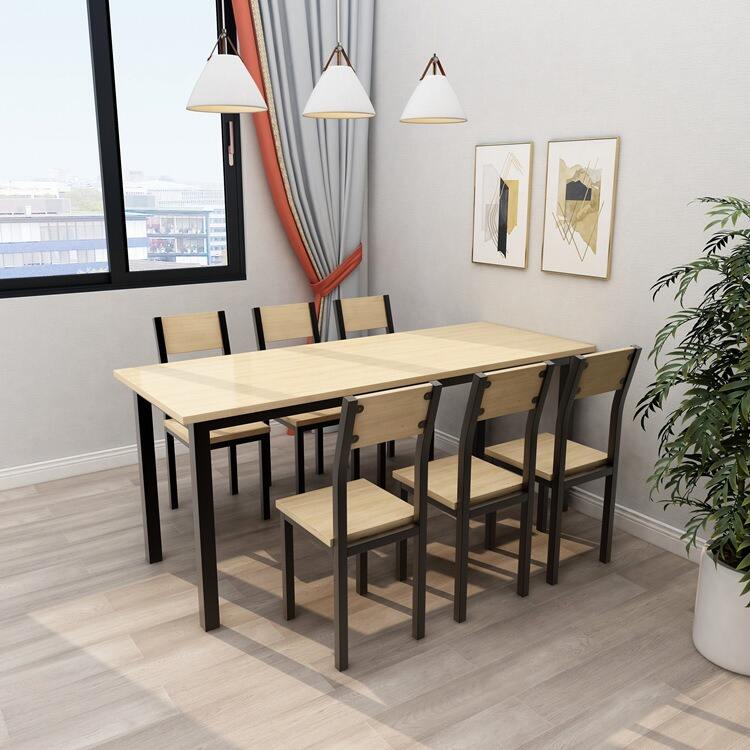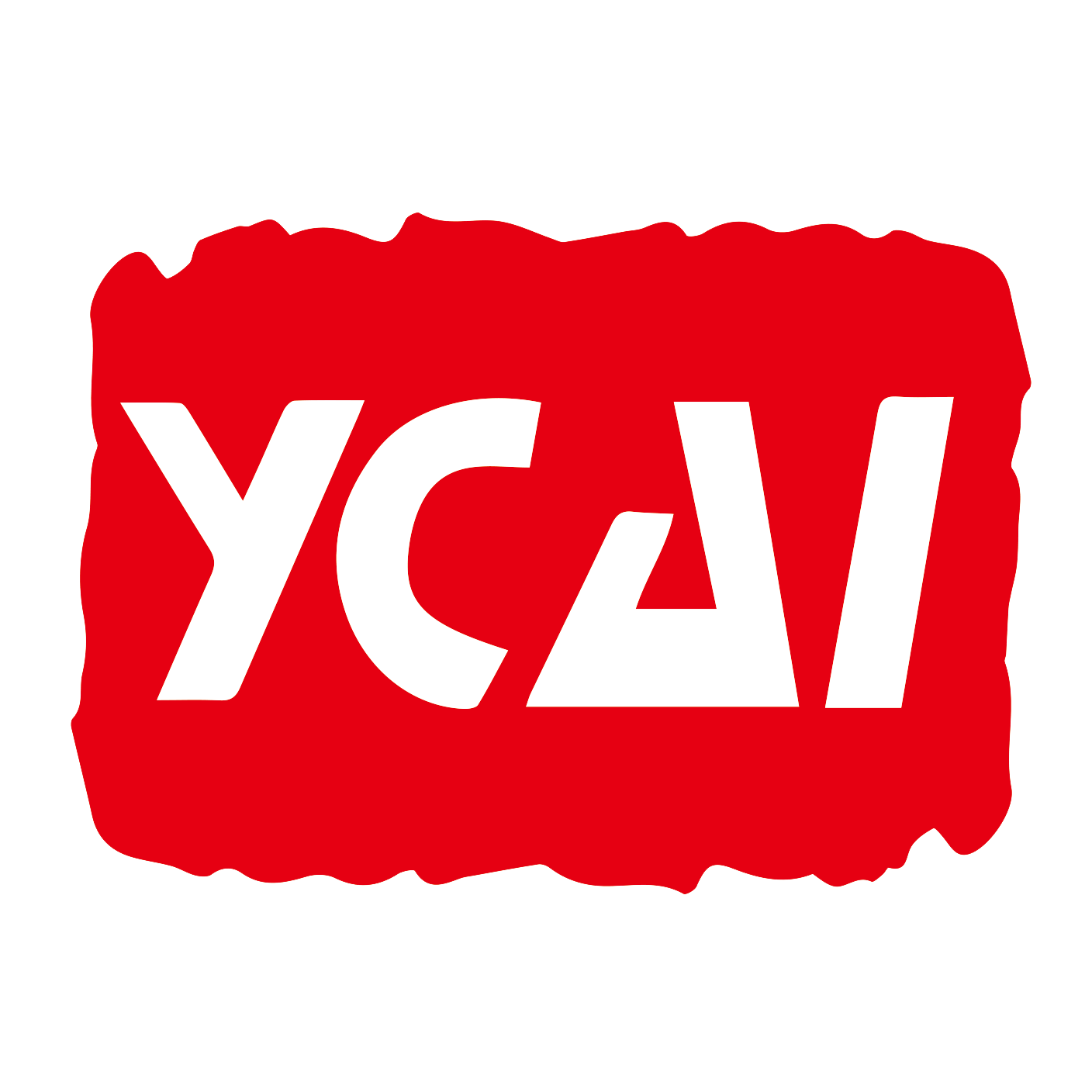What Are the Best Table and Chair Configurations for Optimizing Seating in a Restaurant?
Introduction to Table and Chair Configurations in Restaurants
The layout of a restaurant is one of the most important elements of its success. Beyond the quality of food and service, the way the dining area is organized directly impacts customer comfort, staff efficiency, and revenue generation. At the heart of this organization lies the arrangement of table and chair configurations, which determine how effectively a space can be used to accommodate guests. Finding the right balance between maximizing seating capacity and ensuring comfort is a challenge faced by every restaurant operator. A poorly planned setup may lead to overcrowding, long wait times, or an atmosphere that feels rushed, while an effective configuration enhances flow, creates ambiance, and increases profitability.
The Role of Table and Chair Layouts in Customer Experience
Balancing Comfort and Capacity
When designing table and chair arrangements, the primary consideration is balancing customer comfort with seating capacity. Guests should feel that they have enough personal space to enjoy their meals without being cramped, while operators must ensure they can serve as many patrons as possible during peak hours. Achieving this balance requires careful consideration of spacing guidelines, traffic flow, and the restaurant’s concept. For example, a fine-dining establishment may prioritize spacious layouts with fewer tables, while a fast-casual venue might aim for denser seating arrangements to maximize turnover.
Influence on Atmosphere
The table and chair configuration sets the tone for the dining experience. Large communal tables encourage social interaction, while smaller, more private setups create intimacy. High tables with bar stools add energy to casual settings, while plush booths convey comfort and luxury. Choosing the right configuration ensures that the physical environment aligns with the brand identity and customer expectations.
Key Table and Chair Configurations
Two-Tops and Four-Tops
Two-top tables are ideal for couples or solo diners, while four-top tables accommodate small families or groups. Configuring a mix of two-tops and four-tops allows restaurants to cater to different party sizes efficiently. Two-tops can be pushed together to form larger configurations when necessary, providing flexibility without sacrificing efficiency.
Banquettes and Booths
Banquettes along walls or booths in central areas are classic choices for maximizing space while providing comfort. They allow restaurants to seat multiple guests along a continuous bench while reducing the need for individual chairs. This configuration also creates a sense of privacy, making it popular in casual dining and upscale restaurants alike.

Communal Tables
Communal seating has become a trend in modern restaurants, particularly in urban environments and casual concepts. Long tables with multiple chairs encourage a sense of community and optimize seating density. While not suitable for every dining concept, communal tables work well in settings where shared experiences and faster turnover are desirable.
High-Tops and Bar Seating
High tables paired with stools or integrated bar counters maximize the use of compact spaces. They are particularly effective in bars, cafés, or casual restaurants where guests may not stay as long. High-tops also add visual variety to the dining area and create energy by encouraging movement and interaction.
Outdoor Configurations
For restaurants with patios or outdoor seating, table and chair arrangements must balance durability with flexibility. Stackable or foldable furniture allows for easy reconfiguration, while round tables often work best outdoors because they encourage conversation and make efficient use of irregular spaces.
Spatial Considerations in Table and Chair Layouts
Traffic Flow and Accessibility
A good table and chair configuration must account for the movement of both guests and staff. Pathways should be wide enough for servers to move comfortably while carrying trays, and guests should be able to reach their tables without disturbing others. Accessibility for individuals with disabilities is also a crucial consideration, requiring compliance with legal standards and thoughtful design choices.
Optimizing Capacity Without Overcrowding
While it may be tempting to fit as many tables as possible into the dining space, overcrowding can reduce comfort and negatively affect the guest experience. Proper spacing between tables ensures that conversations remain private, prevents noise levels from escalating, and allows staff to work efficiently. Research suggests that maintaining at least 18 to 24 inches between tables helps strike the right balance.
Flexibility in Layout
Flexibility is a major advantage in table and chair configurations. Restaurants benefit from modular furniture that can be rearranged quickly to accommodate different group sizes. For instance, tables designed to lock together allow operators to switch from a two-top layout to a banquet-style setup for larger parties. This adaptability maximizes seating efficiency during both regular service and special events.
The Impact of Table and Chair Design on Layouts
Table Shapes and Their Effects
Round tables encourage conversation and are ideal for social gatherings, while rectangular tables make efficient use of space and work well in rows. Square tables are versatile and can be easily combined to accommodate larger groups. The choice of table shape should reflect both the restaurant’s style and the desired dining experience.
Chair Styles and Comfort
The type of chair chosen plays a role not only in comfort but also in how long guests are likely to stay. Lightweight chairs make it easier to reconfigure layouts quickly, while cushioned seating encourages longer stays, which may be desirable in fine-dining establishments but less so in high-turnover venues. Matching chair style to the restaurant’s concept is crucial for creating the desired ambiance.
Durability and Maintenance
Restaurant furniture undergoes heavy use, making durability a priority. Choosing tables and chairs made of high-quality materials ensures longevity, while finishes that are easy to clean simplify maintenance. This reduces downtime and helps maintain a polished look that reinforces the restaurant’s brand image.
Emerging Trends in Table and Chair Configurations
Flexible Seating Models
More restaurants are adopting hybrid configurations that combine booths, two-tops, high-tops, and communal tables in one space. This mix provides maximum flexibility, ensuring that the restaurant can cater to a wide range of customer groups and preferences.
Integration of Technology
As technology becomes more prevalent in dining spaces, table and chair designs are adapting to include built-in charging stations, touchscreens for ordering, and wireless payment systems. These features enhance customer convenience while reflecting the modern dining experience.
Sustainable Furniture Choices
Sustainability is influencing not only materials but also layouts. Many restaurants now prioritize furniture made from recycled wood, bamboo, or eco-friendly composites, aligning table and chair choices with environmentally conscious values.
Outdoor and Seasonal Adaptability
In regions with seasonal weather, restaurants are investing in furniture that transitions easily between indoor and outdoor use. Lightweight, stackable, and weather-resistant tables and chairs allow businesses to expand seating capacity during warmer months without compromising durability.
Conclusion
Optimizing seating in a restaurant is about more than fitting as many guests as possible into the space. It requires thoughtful planning of table and chair configurations that balance comfort, functionality, and aesthetics. From two-tops and booths to communal tables and high-tops, each configuration serves a unique purpose and influences the overall dining experience. By considering factors such as traffic flow, flexibility, durability, and emerging trends, restaurateurs can create layouts that maximize revenue while ensuring guest satisfaction. Ultimately, the right table and chair setup becomes a cornerstone of successful restaurant design, reinforcing brand identity and shaping memorable experiences.
FAQ
Why are table and chair configurations important in restaurants?
They determine how efficiently space is used, how comfortable guests feel, and how effectively staff can serve, directly impacting customer satisfaction and revenue.
What is the most versatile table configuration?
Two-tops are the most versatile because they can be used for couples or solo diners and combined to form larger configurations for groups.
Do booths save space compared to individual tables and chairs?
Yes, booths maximize wall space and can seat more people comfortably in a smaller area while offering privacy.
Are communal tables a good choice for all restaurants?
Not always. They work best in casual, social dining environments but may not suit fine-dining or intimate restaurants.
How much space should be left between tables?
At least 18 to 24 inches of space helps maintain comfort, privacy, and ease of movement for both guests and staff.
What role does chair design play in dining spaces?
Chair design affects both comfort and the expected length of stay. Comfortable, cushioned chairs encourage longer visits, while lightweight chairs improve flexibility.
Can technology be integrated into table and chair designs?
Yes, many modern designs feature built-in charging ports, wireless ordering systems, and integrated lighting to enhance convenience.
What materials are best for durable restaurant furniture?
High-quality wood, metal, and stain-resistant upholstery are commonly used for their durability and ease of maintenance.
Should a restaurant use the same table and chair style throughout?
Not necessarily. A mix of styles, such as booths and high-tops, creates variety and accommodates different customer preferences.
How can outdoor seating be optimized with table and chair arrangements?
Using weather-resistant, stackable, and lightweight furniture allows restaurants to maximize outdoor capacity and reconfigure layouts easily.
Table of Contents
- What Are the Best Table and Chair Configurations for Optimizing Seating in a Restaurant?
- Introduction to Table and Chair Configurations in Restaurants
- The Role of Table and Chair Layouts in Customer Experience
- Key Table and Chair Configurations
- Spatial Considerations in Table and Chair Layouts
- The Impact of Table and Chair Design on Layouts
- Emerging Trends in Table and Chair Configurations
- Conclusion
-
FAQ
- Why are table and chair configurations important in restaurants?
- What is the most versatile table configuration?
- Do booths save space compared to individual tables and chairs?
- Are communal tables a good choice for all restaurants?
- How much space should be left between tables?
- What role does chair design play in dining spaces?
- Can technology be integrated into table and chair designs?
- What materials are best for durable restaurant furniture?
- Should a restaurant use the same table and chair style throughout?
- How can outdoor seating be optimized with table and chair arrangements?


